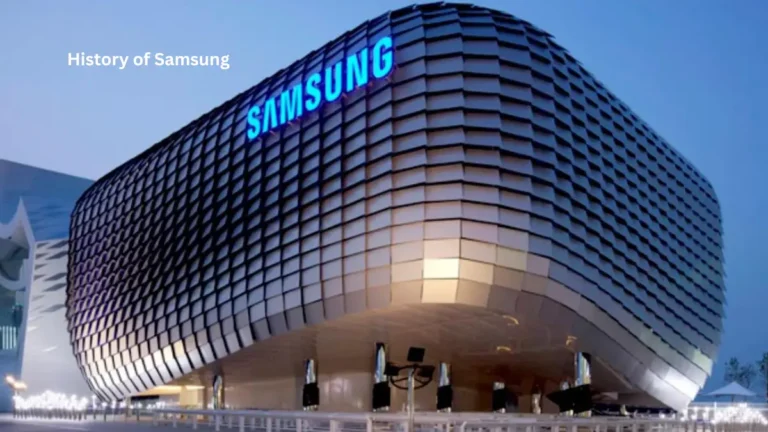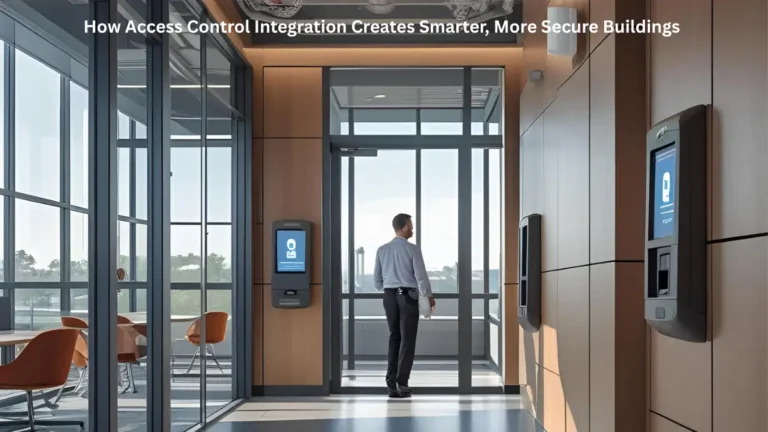Have you considered using an IRA to invest in gold? Many seniors have started investing in physical gold instead of opting for a regular retirement account and now you can easily buy bullion box online which is a convenient source of investing in gold.
These accounts impose different rules, which seniors are supposed to learn before taking such a step. There is a restricted number of approved coins and depository storage facilities. Also, the number of fees should be carefully considered to prevent further unexpected surprises. Investors are charged for annual maintenance, wire transfers, application, etc.
The following guide will introduce you to the necessary details related to gold IRAs.
Approved coins
Even though gold IRAs enable investors to invest in the four most popular precious metals, the IRS approves only certain types of coins, bullions, bars, and rounds. The objective of the IRS is to limit old coin types and collectibles, which is why it issues fineness requirements. These requirements are imposed for the purpose of ensuring the long-term value of precious metals.
There is a limited list of gold coins and bullion that meet IRA requirements, such as American Buffalo coins, American Eagle coins, Canadian Polar Bear, Canadian Arctic Fox, Chinese Panda coins, Canadian Maple Leaf coins, Austrian Philharmonic coins, etc. Some of the silver coins and bullion include Canadian Polar Bear and Cub, America the Beautiful coins, Credit Suisse bars, and others. Their fineness has to be at least 99.5 % or higher.
Depository storage
Your retirement savings have to be stored in a depository storage facility, which provides insurance to stored precious metals. These high-security facilities provide complete protection against theft, damage, loss, and other forms of liability. Seniors have no reason to worry about the safety of their savings because of the round-the-clock monitoring system, sound detectors, timed locks, motion sensors, and automatic relocking.
The IRS obliges seniors to store their gold in the custody of a bank or a company that has their approval. Their funds should remain there until seniors reach the required age to make a withdrawal. Depository storage facilities provide full protection by adding an extra level of security. All products that arrive in the depository should be inspected, audited, and confirmed. The quantity, weight, and type of products are taken note of as well before storing them securely.

Additionally, there are two types of storage to consider, commingled and segregated storage. The former refers to a type of storage where savings are stored together with the products of other people, whereas the latter refers to a private storage area. Unless you mind sharing the storage area with other investors, the former can be a good choice for you.
Nevertheless, you should bear in mind that you won’t receive the original metals you have bought when deciding to sell or exchange them in the years to come. This isn’t the case with segregated storage, where metals are marked with your name and account number. When you decide to exchange or sell them later, you will receive the same valuables you’ve purchased in the past.
Fees
Seniors interested in investing their funds in a gold IRA should be aware of the numerous expenses associated with these accounts. Prior to making a gold IRA investment, make sure to get educated about the fees. While there are no transfer fees for moving over from a traditional to a gold IRA, there are some expenses for opening self-directed accounts. The usual fee charged for processing an account is approximately $50.
Moreover, seniors are expected to cover the necessary commissions and markups on coins, such as transaction fees. These expenses are charged every time you purchase or sell coins in your IRA and cannot be circumvented. The more precious metals you purchase and sell, the more money you will be required to pay. While transaction costs vary across administrators, the usual cost is about $40 per transaction.
Besides the startup fee investors are obliged to pay, they also need to pay for annual maintenance expenses. Administrators cannot maintain the accounts of investors just by charging a startup fee. Yearly maintenance expenses cover the costs for administration, record keeping, and periodic statement processing. These expenses can be as low as $75 a year up to a few hundred dollars annually.
When reviewing the paperwork, you should look for an explanation of these expenses. They must be explained clearly in order for investors to know what to expect. It’s common for some administrators to offer a discount in the course of the first year or every year, which depends on the account’s size. The larger the account, the better the chances of getting a discount.
Nevertheless, you should be cautious of scale fees, which increase along with the size of the account. Also, whenever the value of your gold surges, the maintenance costs increase as well. Storage expenses are imposed by depositories and depend on the storage type, whether it’s aggregated or individualized.
Ultimately, there are some miscellaneous expenses that investors cannot avoid, such as wire transfer costs. These occur every time any funds are wired to your account or to your dealer. The usual sum charged for wire transfers is $25 per transfer.
In conclusion
Opening such an IRA is a major step towards your retirement.
Give it some thought before investing your earnings! It’s a vital decision!
Also read about: Increase ROI on Technology Investments with Robust Digital Adoption




